Spring weather can be a roller coaster ride when it comes to wide temperature swings. You can have snow on the ground one day and BAM, a 60-degree day pops out of nowhere. Ahhh, but you know summer is just around the corner with the changing of the seasons. Spring is just a short prelude to the hot stuff and is a good time to give your air conditioner a good going over. Follow along with me and you can extend the life of your Heat Pump or Air Conditioner and by doing so, save yourself untimely repair costs in the future. Anytime you set out to do your own repairs follow all electrical safety precautions.
Listen to Your Air Conditioner
Any good mechanic will confirm that most diagnostic procedures start with sight, hearing, touch, and smell. You should not be any different and should familiarize yourself with how your outdoor unit sounds when operating normally. Then, when it does not sound right, it is time to find out why and fix whatever is causing it before the problem escalates into a larger problem and an even costlier one.
The same is true with your air handler or indoor unit which can be located on any floor level as well as in the attic or under the house. Familiarize yourself with its sound and the locations of your equipment as well as marking the breakers and disconnects for future and or emergency use.
Basic HVAC Preventative Maintenance
Outdoor Unit

If you are able to keep the coils relatively clean on your outdoor and indoor units then you have won half the battle. If you have never cleaned them or had them cleaned then you are losing the full capacity of your HVAC and setting yourself up for premature mechanical as well as electrical failure.
You can purchase a spray can of coil cleaner at most of your large hardware stores or an HVAC supplier. When you spray the cleaner it will get inside the coils and as it mixes with air will suddenly expand threefold and in doing so will force out dirt and debris from inside the fins of the unit. After the expansion stops you can then take a water hose, using low pressure, and wash away the dirt. Please ensure that you have turned off all power to your unit first and verified that there is no power with a multimeter.
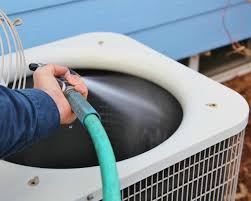
It should be fairly easy to rinse the unit off from the outside as well as from the inside by angling your water stream past the motor from the top. If the unit is especially dirty you may want to remove the top lid that the motor is attached to and set it aside allowing better access to clean and rinse from the inside. Do not power back up until completely dry!
Indoor Furnace or Air Handler
Before you start on the inside unit keep in mind that it will be powered by a different power source or breaker than the outside unit and should be turned off and verified before touching anything.
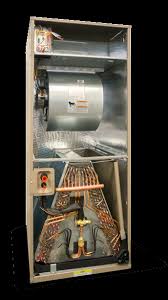
After you have located the inside unit, you will want to find a service panel. It will be a single panel fastened with a rolled edge on one end and would be separate from any of the other sides and should be easily removed. Your unit, depending on its location, could be a verticle or horizontal installation.
You are going to find either a slant coil or an A-type shaped coil. After you have located the coil and removed enough of the outer cabinet or panels to be able to clean and rinse well, start the same procedure as you did on the outside unit. The one difference is that you are not going to want to use a garden hose to rinse with but instead use a small sprayer as you would use for your lawn or garden. Notice when you rinse if the pan is draining well, clean it out the best you can while you have it exposed.
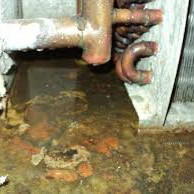
This pan area is always wet and subject to grow algae, mold, and mildew, combined with dust and lint as it gets pulled through the air handler during normal operation. This is the reason that the pan drain is subject to clog up causing water damage to nearby wooden structures as it tends to go unnoticed. To combat this, there is a product that comes in a large tablet form that one can put in the pan at different intervals, depending on the product, to retard such growth, helping keep the drain open and clear of debris. If you happen to find the drain clogged, air pressure is a good way to clear it. You can use one of those canisters of compressed air that one would have in a garage or a small Co2 drain cleaner. Might as well change that filter while your there too.
Lubricating Your Electric HVAC Motors
The outdoor and indoor units both have electric motors used to move air. These motors have a varied life expectancy and can be grossly extended by simply lubricating the bearings every year. It is true that some motors have sealed bearings and do not have a port for the addition of oil, but can still benefit from a shot of oil or WD40 around the shaft of the motor right against the motor housing.
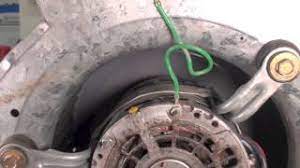
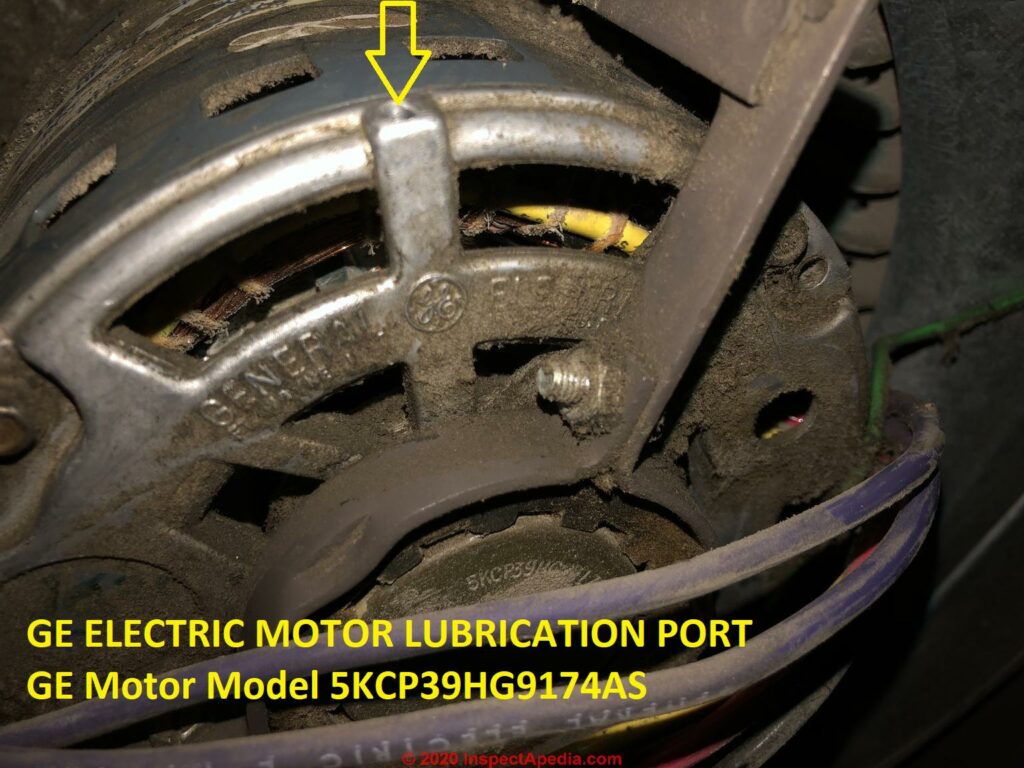
Others do have an oiler port and the only trick here is to locate it. Being as the motor will have a bearing on both ends also will there be an oil port on both ends. It may be just a rubber plug that you remove to re-insert after you have given the bearings a double shot of lube. It may be one of those with a tiny spring-loaded hinged lid that covers the oil port. There are those that incorporate a tube that extends upward towards the edge of the motor housing making it easier to access. These will also have some sort of lid or stopper to keep out dirt and dust.
Filing Your HVAC’s Contactor

The outside unit has an electrical contactor that has two sets of two or four individual contacts on a 230 Volt system. They are spring-loaded and it is what you hear when the unit first starts up. It sounds like a snapping noise or metallic clap. As these contacts come together there will be a small spark as the circuit is closed and electricity flows across the points. After a time a bit of carbon will be produced by the small electrical spark and will continue to blacken the contacts causing less and less surface area for the flow of electricity and cause the amperage draw to increase over time due to bad contact. This will eventually fail and may even weld itself shut.
To remedy this, turn the power off to the unit and verify that there is no electricity using a multimeter. Then open the service panel. It will be the one to itself and should be near where the power cable enters the unit. Locate the contactor and take an Emory Board, as women use for their nails, and simply file the surface in between the contacts till you can see s a shiny surface. Make all of this a yearly Preventative Maintenance Chore and you will have peace of mind knowing that you have done all that you can do to extend the life of your HVAC system.
